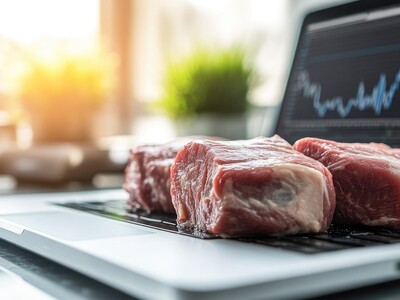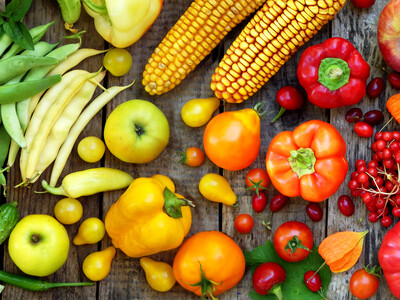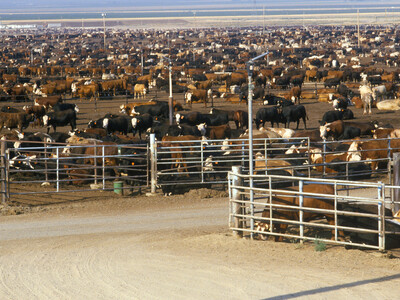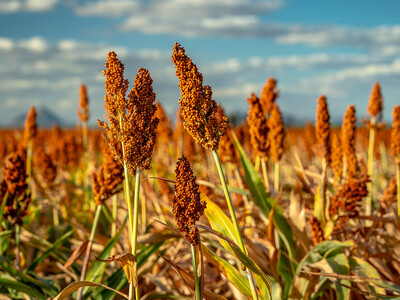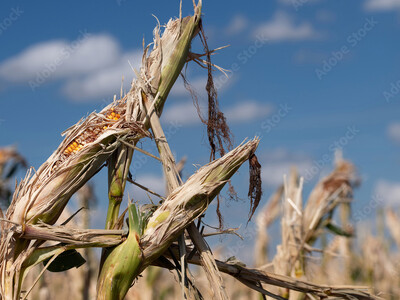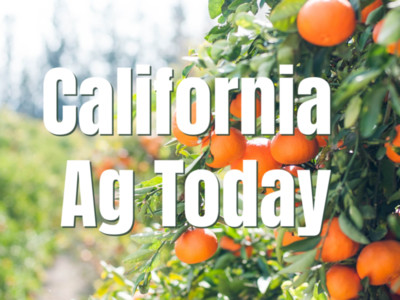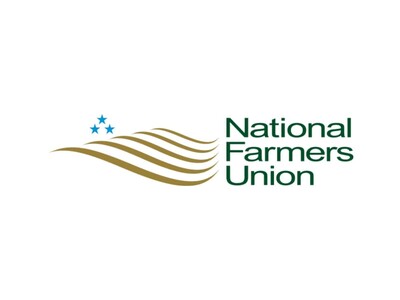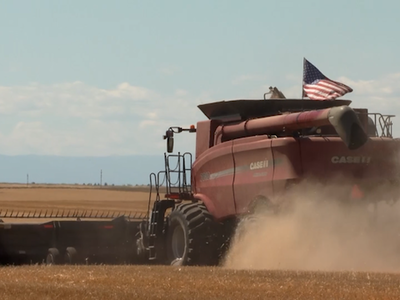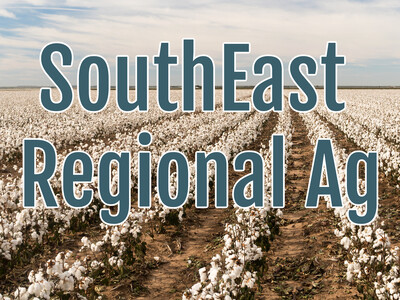Horizontal tillage
With harvest in full swing, many farmers will also be tilling their fields. Primary tillage is the first soil tillage after the last harvest. It is normally conducted when the soil is wet enough to allow plowing and strong enough to give reasonable levels of traction. This can be immediately after the crop harvest or at the beginning of the next wet season. Justin Render, product specialist for Kinze Manufacturing, says fall tillage offers several important benefits. One is immobilizing nitrogen. “Its really especially important on those higher carbon crops like corn on corn to start breaking that down so you don’t have that nitrogen penalty, or that tie-up in the springtime.”Render says that machines delivering hybrid horizontal tillage offers additional benefits. “It combines several different features of conventional tillage into one tool. And it really offers a lot of that residue incorporation, land leveling, full weed takeout. Every grower has a little bit different mindset on how they need to incorporate their residue out there, so it is a very adjustable machine that doesn’t create a smear layer or stratification layer. So, we’re getting high rates of speed, very similar to those vertical till machines, but still leaving that great soil finish on top as well as incorporating that residue to set your table for the springtime.” With the weather the way it is, we need to be diligent in staying out of fields in they are too wet.




